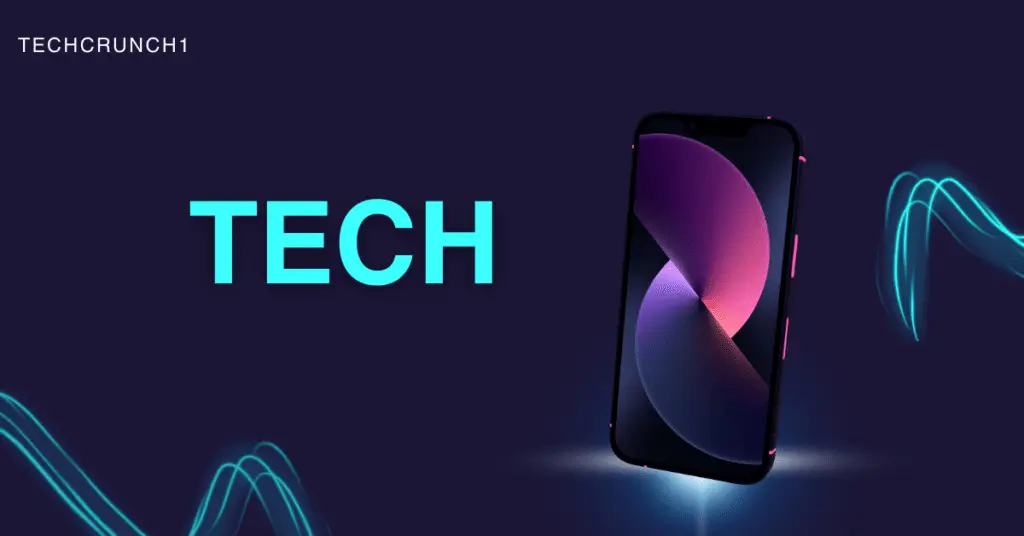How Custom Technology Is Quietly Changing the Way Businesses Work
Every business owner I’ve met says the same thing—”We just need something that works for us.“
That’s where custom technology comes in.
We’re living in a world full of tools—apps for managing projects, tools for marketing, CRMs, dashboards, you name it. But the truth is, no matter how “advanced” those platforms sound, most of them don’t fit perfectly.
That’s why more companies are ditching the one-size-fits-all mindset and creating tech that fits them like a glove.
What Custom Technology Really Means
When people hear “custom tech,” they often think it’s something huge—like building a new app from scratch or setting up complicated systems. But that’s not always true.
Custom technology simply means building or tweaking something to match your real-world needs.
It could be as small as a sales tracker that fits your process or as big as an entire internal software system.
The key idea? You build what you need, not what others tell you to use.
I’ve seen small startups completely change their workflow just by creating a simple dashboard to track clients. That little change made their day smoother, their reports cleaner, and their team less stressed.
Image suggestion: “Before and After” comparison of a cluttered tool vs. a custom, simple dashboard.
Why Custom Tech Makes More Sense Than Ever
Let’s face it—every company works differently.
You can’t expect a ready-made tool to understand your challenges.
That’s why custom technology solutions have become such a big deal. They adapt to you, not the other way around.
Here’s what usually happens when businesses switch to custom solutions:
- They work faster because there’s no fluff.
- They save money in the long run because they stop paying for tools they barely use.
- They grow easier because their system evolves with them.
I’ve personally seen how much difference this makes. A friend who runs a local logistics firm was struggling with tracking deliveries. Every platform he tried was either too expensive or too complicated. He finally hired a small dev team to build a lightweight tracking tool—and within weeks, his whole process became smoother. No noise, no stress.
Data idea: Add something like, “According to Deloitte, 63% of businesses using custom-built software reported faster growth and better client retention.”
The Real Secret: Clarity Before Coding
Here’s something most people don’t talk about—the hardest part of custom tech isn’t development. It’s clarity.
Before writing a single line of code, you need to know why you’re building it.
When we worked with a digital agency a few months ago, their team jumped straight into coding without planning. After a week, nobody could explain the purpose of half the features they were adding. That project stalled fast.
So, we stopped everything and asked one question:
“What’s the single most annoying problem you face every day?”
Turns out, their pain point wasn’t data—it was client communication.
Once we knew that, building became easy. We created a system to keep updates transparent, and their workflow improved overnight.
That’s the real trick: build for problems, not for show.

Smooth Implementation: How to Make It Work Without the Headache
Custom systems can get messy if you rush. I’ve seen people dive in, lose direction, and end up rebuilding everything. The smoother way is to plan like you’re making a recipe—one step at a time.
Here’s a simple flow that usually works:
- Start with a map. Sketch out your current workflow—even if it’s on paper.
- List what’s broken. Be brutally honest.
- Build a small version first. No need for perfection early on.
- Test it with real people. Let your team try it and give honest feedback.
- Adjust fast. Don’t wait for the final version to fix small issues.
- The goal isn’t to impress anyone—it’s to make your life easier.
Video suggestion: A short video or reel showing a team testing and adapting a new custom tool in real time.
The Future of Custom Tech in Marketing
Now, let’s talk about where this is heading—especially in MarTech (marketing technology).
The future isn’t about giant platforms with endless buttons. It’s about small, smart tools that predict what you need and quietly help you do it faster.
Marketers now build systems that suggest campaigns, predict leads, or even write part of your reports. That’s AI-powered predictive analytics—and it’s becoming a must-have, not a luxury.
AI-Powered Predictive Analytics
One of the most exciting shifts in tech is the use of data that thinks ahead.
Imagine your marketing dashboard telling you which product will trend next week or which customer is likely to return. That’s what AI-powered analytics can do.
We worked with a retail team that built their own predictive model using past sales data. It didn’t just save time—it helped them plan stock better. That kind of insight doesn’t come from generic tools. It comes from building tech that knows your audience.
Immersive Experiences: The Human Side of Custom Tech
You’ve probably noticed how online experiences are becoming more interactive—virtual try-ons, voice-based tools, and AR stores. All of that is powered by custom technology.
But the point isn’t the fancy visuals. It’s connection.
When users feel that a website “gets” them, they stay longer, explore more, and trust more.
That’s why custom tech isn’t just a business upgrade. It’s an emotional one too.
Why Custom Tech Will Shape the Next Decade
Here’s the truth—the future won’t belong to businesses that use the most tools.
It’ll belong to those who use the right ones.
Custom technology gives that power back to you.
It adapts, grows, and evolves with your goals.
I’ve seen small creators, mid-size startups, and even solo freelancers transform their work just by embracing simple, tailored systems. And once they experience that freedom, there’s no going back.
In a world obsessed with complexity, custom tech offers something rare—simplicity that actually works.
Final Thoughts
We believe that custom technology isn’t about showing off how “advanced” you are—it’s about making your day smoother and your team stronger.
From AI-powered predictive analytics to immersive user experiences, every meaningful upgrade in tech today is rooted in personalization.
So if you’re still juggling five different tools that don’t talk to each other, maybe it’s time to build one that does.
Not for everyone. Just for you.
Because that’s what tech really is—your way of working, made digital.




